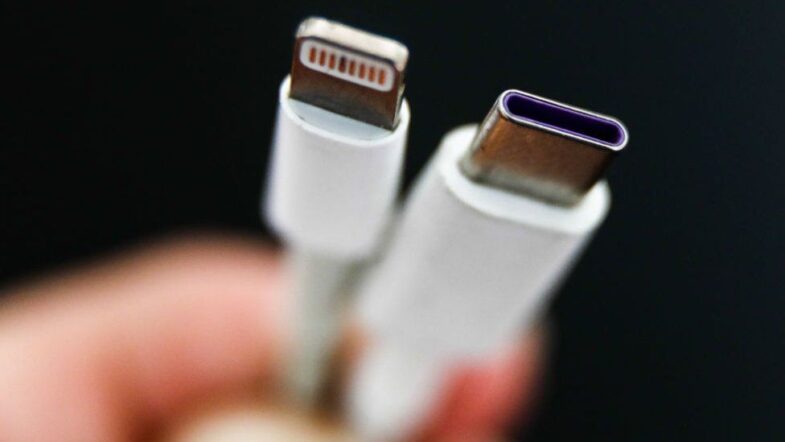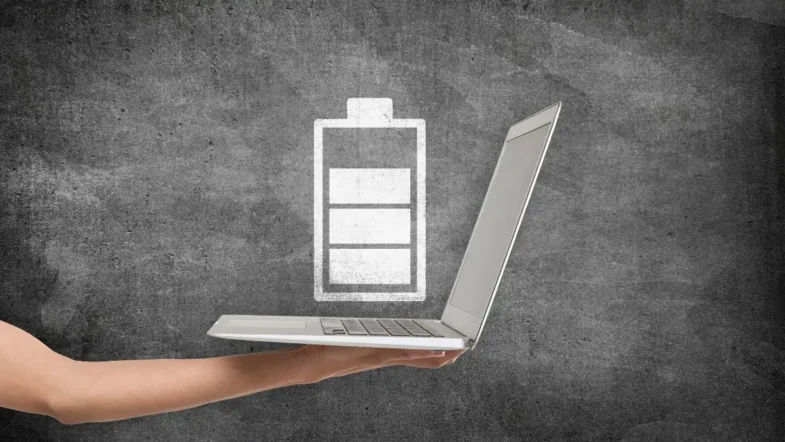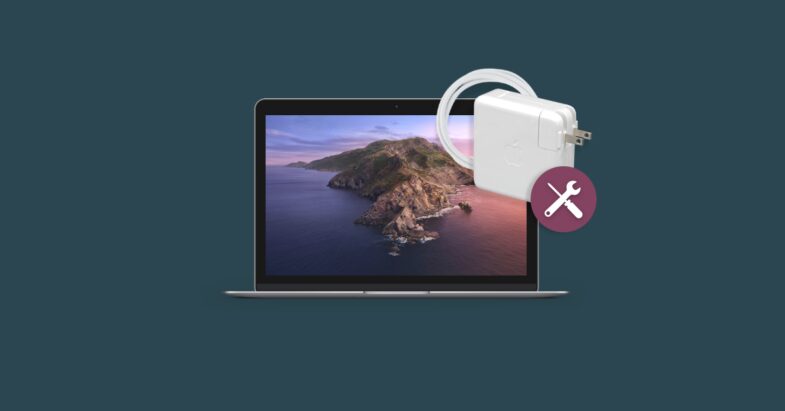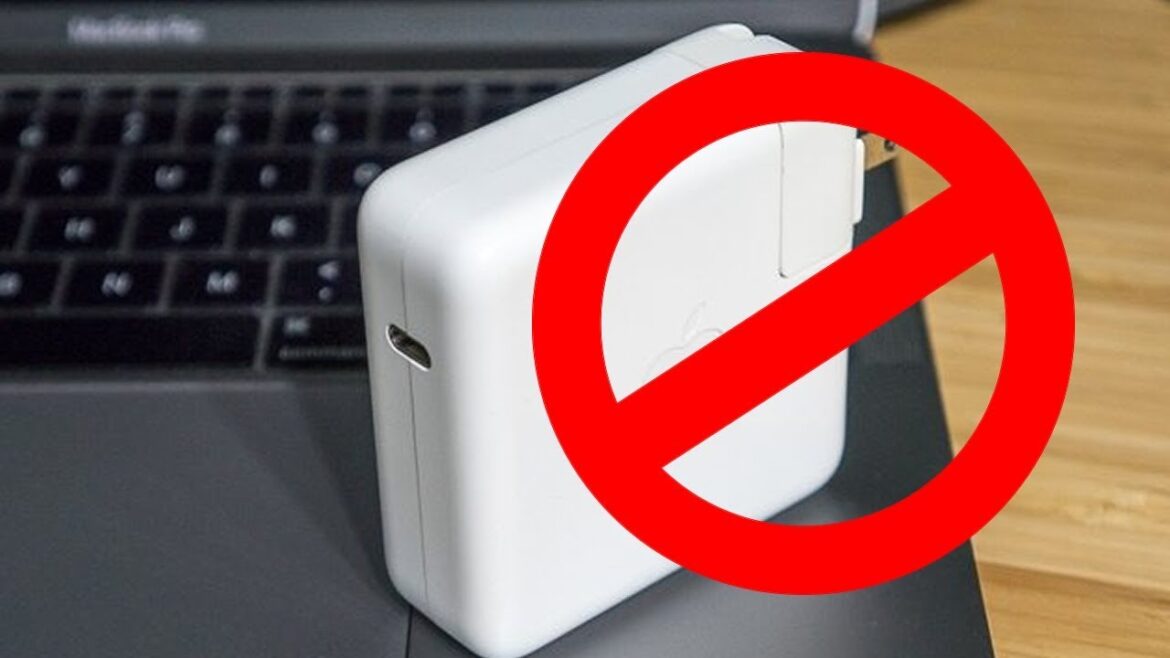On average, a MacBook will last you 10 to 17 hours after a full charge. This will, of course, depend on the type of Mac as well as the programs you are using while working on it. But, what happens when you don’t have your charger on you and your Mac’s battery is empty? Or, if out of nowhere, your laptop cannot charge?
There are ways to charge your computer without a charger, and we’ll discuss them in this article.
How to Charge a MacBook without a Charger

Source: youtube.com
Is your MacBook not charging when you plug it in? Is your MacBook charger not working, or maybe you forgot it at home? If you find yourself in such a scenario where your MacBook can’t charge for some reason, don’t worry. There are solutions to this, and they are not at all complicated. In Setapp’s article here https://setapp.com/how-to/charge-macbook-without-charger, you can read about the solutions in detail. In this article, we’ll shortly inform you on what to do when you find yourself in such situations.
-
Use a Power Bank
Power banks are an easy way to charge your devices and have extra batteries wherever you go. If you don’t want to drag your charger around all the time – or just to be on the safe side, have a power bank handy at all times. They are small, easily portable and can be very, very useful in such situations.
To charge your MacBook with a power bank, you simply need to connect the two with a cable.
-
Use a USB Converter
You might need this with your power bank, too, unless it is compatible with MacBook cables and you can use it directly. Just like power banks, this is a highly efficient tool to have handy. You can even plug it to a PC nearby and charge it directly. You’d need a USB 3.0 and USB-C converter. You’ll plug one end into the PC and the other into your MacBook.
-
Use a USB Type C Charger

Source: bbc.com
This is not recommended for continuous use, but if you find yourself in a situation where you need a battery, a USB type C cable and charger can solve your problem. This method takes longer because of the wattage of the charger, but eventually you’ll get the battery you need to complete the task in progress.
To do this, you just need to change the power cord with one that is compatible with your laptop i.e. a USB type C that you’ll plug in to a power outlet.
-
Use a Universal Power Adapter
With a universal adapter, you can connect your MacBook in any setting and charge it. These are usually used by travelers when they go to a country with a different electrical outlet or power supply. If you find yourself in such a situation, these come at a low cost and are very usable.
Keeping Your Battery for Longer

Source: pinterest.com
You know, there are also ways you can keep your battery for longer if you have no option for charging it. Let’s say you forgot to take your charger and you don’t have any of the options above at your disposal. They are temporary fixes, but they’ll do you nothing unless you have access to them.
The only option you have in this case is to take measures to keep your battery for the longest time possible. Let’s take a look at the options that will allow you to do this.
-
The Batteries App
There’s an app available on SiteApp called Batteries that can be used to keep your MacBook active longer. This app will track all the battery levels for your devices including the laptop, your AirPods, and your phone. With it, you’ll get a reminder whenever it’s time to recharge, and you can make sure that your device is full at all times thanks to it.
To use it, you just need to connect your device to the app.
-
The Endurance App
A second great option is Endurance, an app designed for this purpose precisely. With just a few moves on it, you can extend the life of your battery up to 20%, and get more done before your MacBook is no longer usable.
-
The AlDente Pro App
Another application that will help you with this is AlDente Pro. This is actually an application that takes care of the well-being of your battery. You can use it to set charging limits and, if necessary, turn on the heat protection feature. If you often do long working sessions without your charger nearby, you can use its top up feature and charge the battery to 100%.
Solutions to a MacBook Not Charging

Source: youtube.com
Perhaps the reason why you cannot charge your MacBook is easily fixable, and all you need to know is the solution. With this in mind, we listed the most common reasons why the device might stop charging – as well as ways to fix it:
- Check the battery icon. Found in the menu bar on Macs, this icon will tell you why your battery isn’t charging.
- The device is too cold/overheated. If this is the case, you should let the MacBook warm up or cool down to get to the ideal range. The ideal range is between 10 and 35 degrees Celsius.
- Try a different USB-C port. Perhaps the reason why your MacBook isn’t charging is because the USB-C you have is malfunctioning. Simply change it with a different gable. If this doesn’t help, get a second power adapter.
- Use the reverse cable side. Try the reverse side of the cable to see if this works. Make sure that the power adapter is plugged into an outlet that works.
- Clean the MagSafe or USB-C port. Very often, the reason why devices don’t charge is because the ports are filled with debris. Use a camera or magnifying glass to check the port, and use a plastic dental pick or a similar tool to clean it without damaging it.
- Restart the computer. As silly as this sounds, that ‘turn off and turn on’ principle is magic because it works a lot of the time. So, just restart your device. Keep it closed for at least a minute, turn it on again, and try charging it.
Hopefully, this guide resolved your problems with charging your MacBook.
